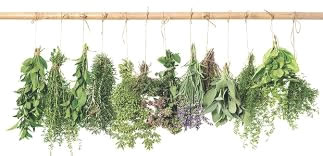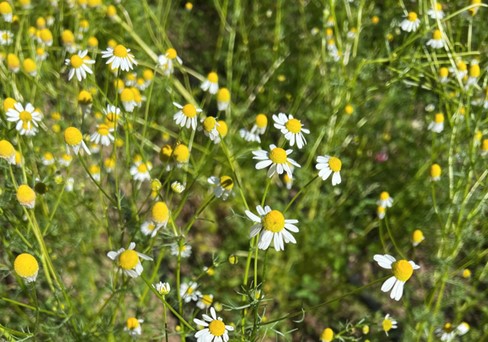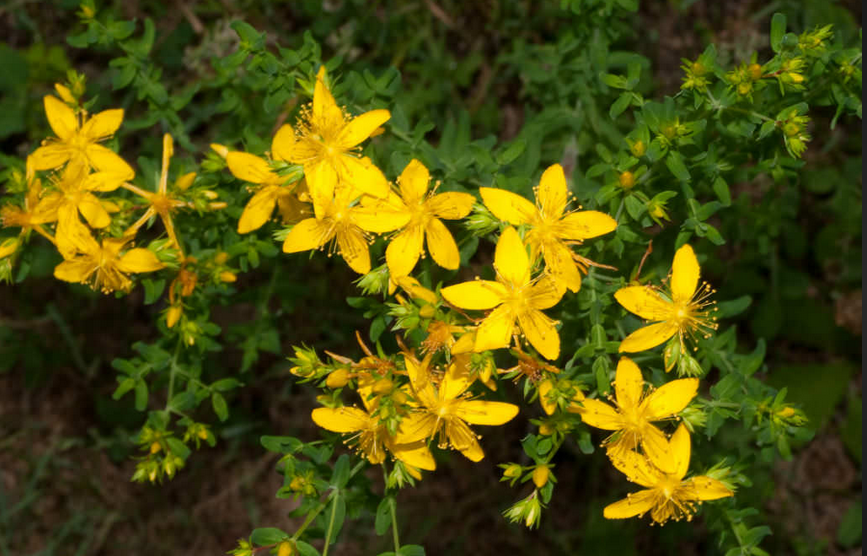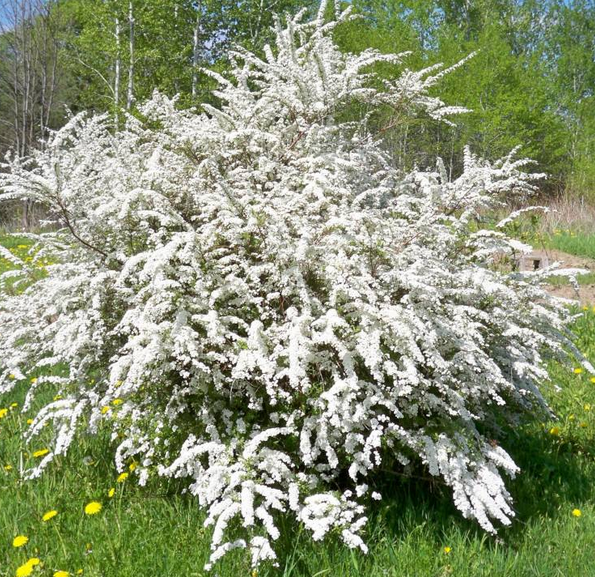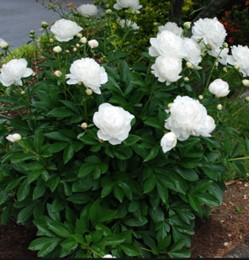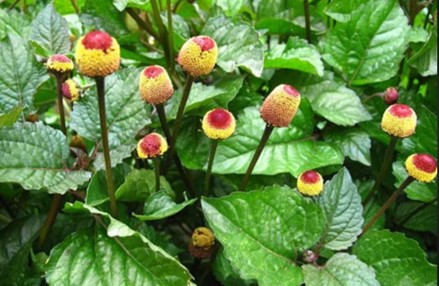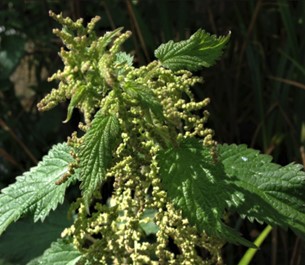WHAT WE TREAT
Here are some common ailments and conditions that I treat. Before checking the list, please understand that an herbalist does not approach treatment as would an allopathic (Western medice) doctor. Yes, these are the treatments for specific symptoms, and in emergency situations, I would go directly to my knowledge base on that specific symptom.But on follow-up, I ask my clients to participate in an extensive interview so that we may be mutually assured that we are not missing some more systemic health issue. In non-emergency cases, this interview is the starting point, and I do not charge for this time.
Common Conditions I Can Help With (Alphabetical Order):
- Accidents and First Aid including bleeding that can’t be bandaged, poison ivy or poison oak, sunburn with a fever
- Acid Reflux
- Acne
- Adrenal insufficiency due to stress
- Allergies (to something external, such as hayfever)
- ALS (Lou Gehrig’s Disease)
- Alzheimer’s disease
- Anger - inappropriate
- Anxiety
- Arteriosclerosis (atherosclerosis)
- Arthritis – osteoarthritis, rheumatoid arthritis, rheumatism, CPPD
- Athletic performance
- Athlete’s foot
- Autoimmune diseases – rheumatoid arthritis, lupus, scleraderma, Sjogren’s, multiple sclerosis, many others
- Back seizing up
- Biliary Function and Gallbladder
- Breathing problems – allergy
- Breathing problems – asthma emergencies
- Breathing problems – due to anxiety
- Breathing problems – due to COPD
- Breathing problems – due to coughs, colds, flu, bronchitis
- Breathing problems – while you sleep, including snoring
- Burns and scalds, including sunburn with a fever
- Cancer
- Chemotherapy issues – immune deficiency, nausea, health, stress
- Children’s ailments
- Chronic Kidney Disease
- Chronic Obstructive Pulmonary Disease (COPD)
- Chronic venous insufficiency
- Cognitive decline
- Colic – babies
- Colitis
- Constipation
- CPPD
- Cystitis
- Dementia
- Depression (clinical)
- Diarrhoea
- Diverticulosis/itis
- Dry eyes
- Dry skin
- Earache
- Eczema
- Emotional issues and trauma
- Fatigue
- Fatty Liver Disease
- Fungal infections
- Gas in the upper or lower bowel
- Gastritis
- Gout
- Hair and nail problems
- Headache
- Heart arrhythmia
- Heart attack recovery
- Heartbreak
- Heart disease
- Hepatitis
- High and low blood pressure
- High Cholesterol
- Huntingdon’s Disease (HD)
- Immune support
- Indigestion, heartburn
- Inflammation
- Insomnia – can’t get to sleep
- Insomnia –wake up too early
- Insomnia – wake too often during the night
- Intestinal parasites
- Irritable Bowel Disease – either manifestation
- Kidney stones
- Labyrinthitis
- Laryngitis
- Liver issues including cyrrhosis
- Low immunity
- Lyme Disease
- Memory impairment
- Men’s problems – including enlarged prostate
- Menstrual pain
- Metabolic syndrome, insulin resistance, obesity
- Migraine headaches
- Mucous at the back of the throat
- Multiple sclerosis (MS)
- Muscle Pain
- Muscle Spasms
- Muscle Tension
- Muscular dystrophy (MD)
- Nausea
- Neuritis and nerve pain
- Neuritis, nerve pain
- Nutritional problems
- Osteoporosis
- Overactive or underactive bacteria in the digestive system
- Pain
- Parkinson’s Disease (PD)
- Preparing for surgery
- Psoriasis
- Rashes
- Recovering from surgery
- Recurrent infections
- Relaxation problems
- Restless leg syndrome, restless limb syndrome
- Right upper quadrant pain
- Scarring
- Shingles
- Sinus issues
- Weep too much
- Sprains
- Stress
- Stroke
- Surgery preparation and recovery
- Swelling in lower limbs
- Thyroid issues – hypothyroid, hyperthyroid, goiter
- Tightness in the jaw or neck
- Tonsillitis
- Toothache
- Type 2 Diabetes
- Ulcer
- Ulcerative colitis
- Urinary frequency
- Urinary tract infections
- Vitality issues
- Weakness Tonics
- Women’s health – menstrual problems, breast milk production, endometriosis, PCOS, estrogen too high/low relative to progesterone, menopause, perimenopausa>l problems, post-menopausal problems
- Wound healing
